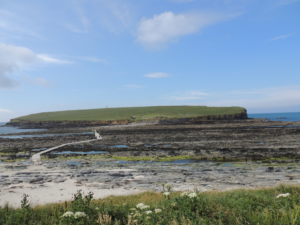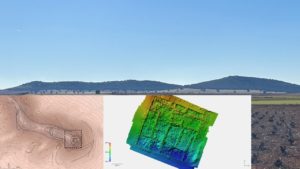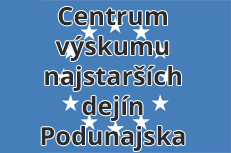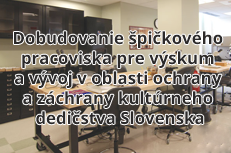The lectures will take place on August 19, 2025, at 1:00 p.m. in the building of the Institute of Archaeology of the Slovak Academy of Sciences in Nitra, Akademická 2, in the lecture hall near the entrance at the ground floor.
Lecture topics:
Vikings in the North Atlantic: The settlement of Scotland and Iceland
Dr. Rachel Cartwright (Florida State University)

Between the 8th and 11th centuries AD, Scandinavian populations (usually known in this period as ‘Vikings’) settled in various areas of the North Atlantic, from Britain to Greenland. These migrations led to the establishment of long-distance connections and the establishment of diasporic communities that maintained close links with each other. This paper will focus on the Viking settlement of northern Scotland and Iceland, two regions that present different characteristics: while in Scotland the Viking settlers encountered already established communities (most notably the Picts) with which they interacted both violently and peacefully, in Iceland they arrived in an empty land without previous human occupation. These different scenarios had implications in the way Scandinavians settled in, and adapted to, the new lands. This talk will particularly focus on aspects of everyday life in the first hundred or so years after the initial Scandinavian settlement. The things people do and create in their everyday lives are fundamental for understanding how identities are produced, represented, or transformed, and can have an extraordinary effect on individuals and society. Through the investigation of houses, burials, and their material assemblages, the everyday life of the Viking Age in these areas will be explored.
Researching the oppida in the 21st century: New perspectives on a European phenomenon
Prof. Dr. Manuel Fernández-Götz (University of Oxford)

The end of the Iron Age was a period of profound changes for temperate European societies: from Portugal to Slovakia, communities developed large fortified settlements known as oppida. Many of these sites can be regarded as towns, constituting an urban phenomenon that represented the nucleation of population and activities during a period of demographic growth and increase in artisanal production and trade. This paper will provide an overview on the latest state of research about the oppida, focusing particularly on three main topics: 1) the reasons for their widespread development within just a few decades (endogenous and exogenous factors); 2) the question of the sustainability of the oppida, including their provisioning with foodstuffs; and 3) the interplay between the oppida and other Late Iron Age settlement types, from open agglomerations to farmsteads. The lecture will show how much the investigation of the oppida has progressed in the last few decades, but also suggest research questions and methodologies that can be especially fruitful towards the future.
The lectures and visits by leading European researchers are made possible thanks to a Mobility visit programme funded by the Slovak Academy of Sciences.
The lectures will be held in English.



